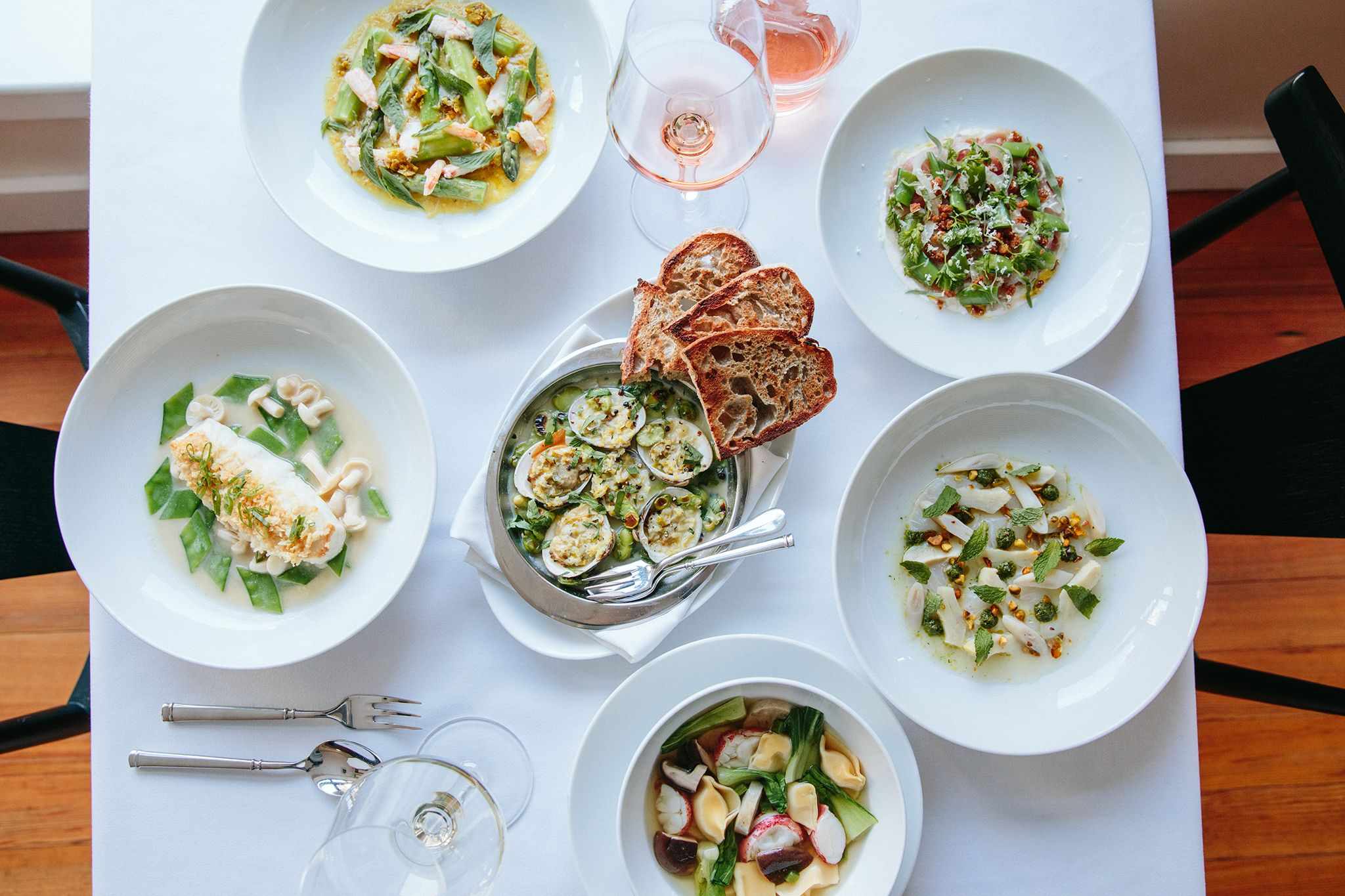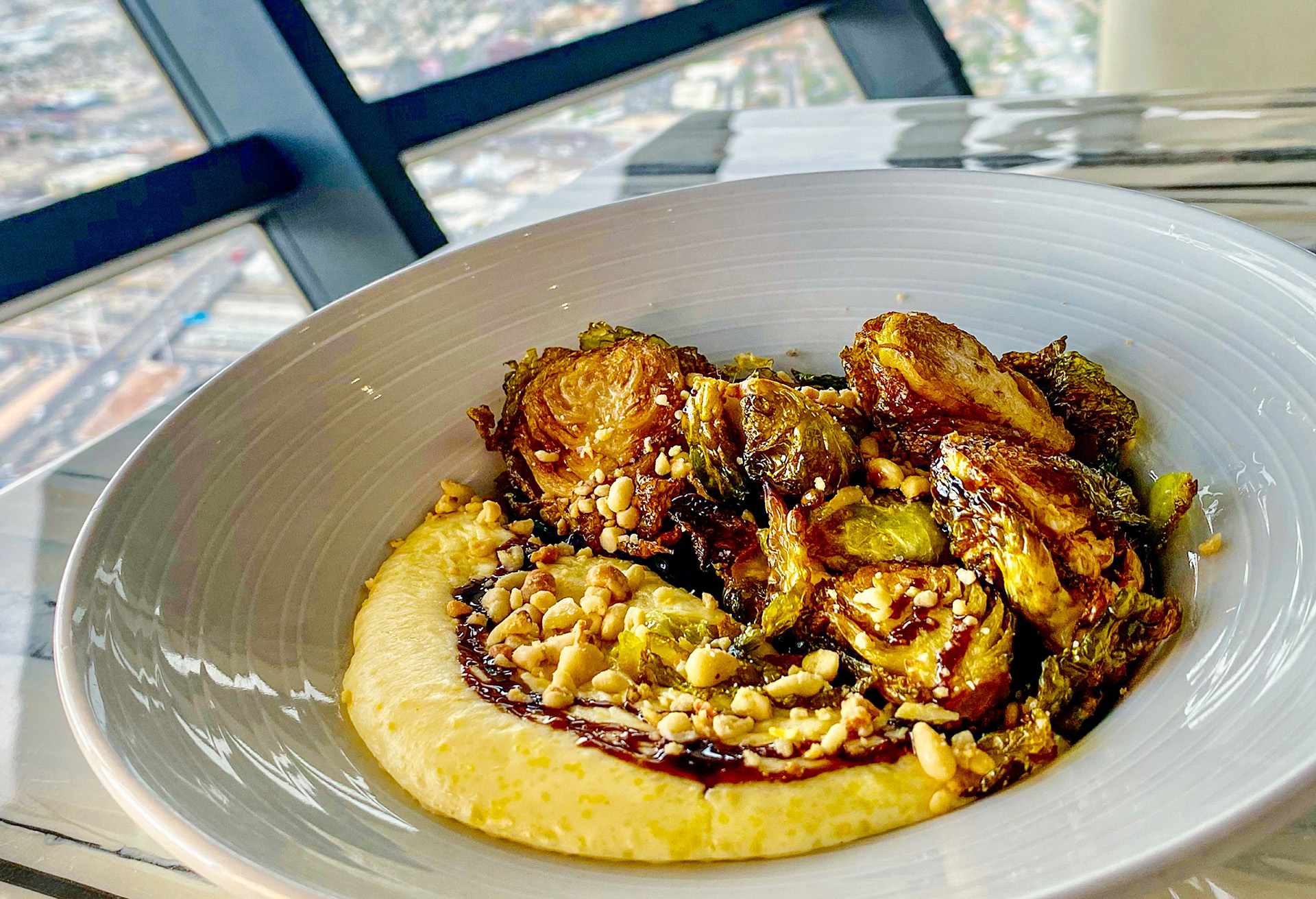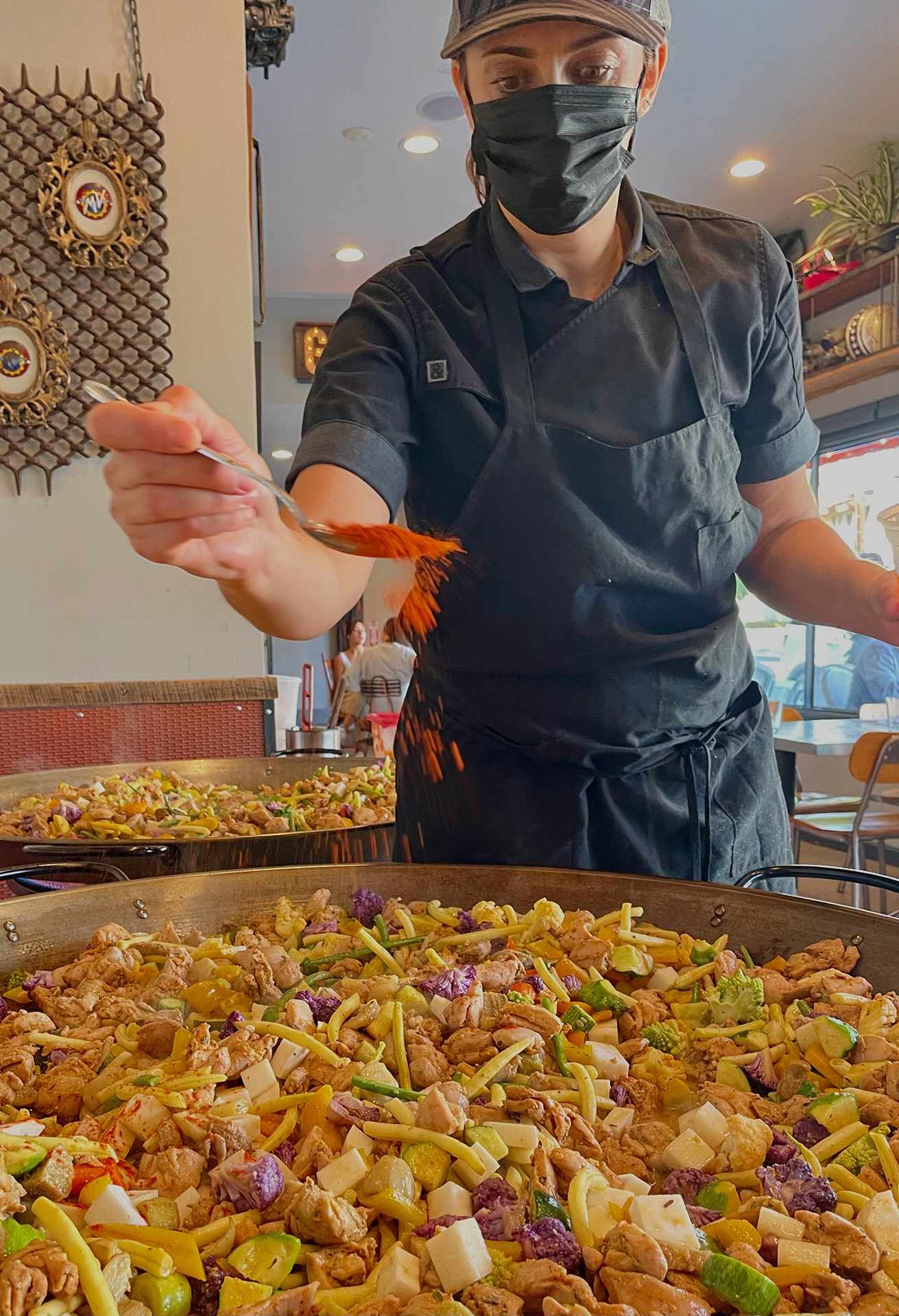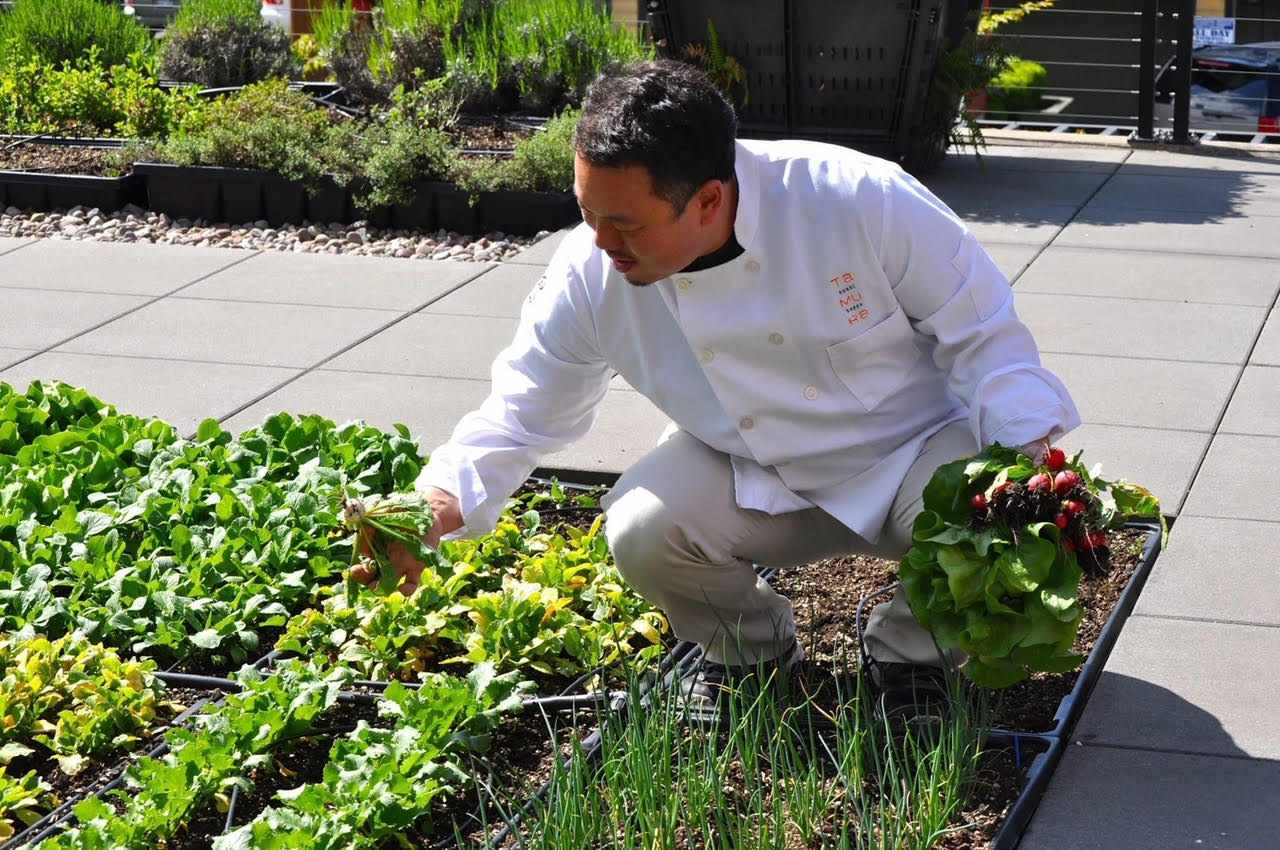Frank DePasquale, owner of several restaurants in Boston’s North End, was recently faced with a dilemma: raise the price of the lobster roll on his menu, or be forced to remove one of Mare’s most popular staples. So he turned to the kitchen and came up with a compromise: a lobster “spring” roll with a little less claw and knuckle meat, kale, sweet chard, and carrots, all dappled with aioli.
DePasquale avoided the dreaded rise in prices that time, but he says that puts him in the minority of the city’s 100-plus restaurants in his neighborhood. Along with most other restaurateurs across the country, DePasquale is grappling with significant increases in the costs for meat, poultry, fish, and eggs — which have all risen by an average of 15.7 percent, according to the U.S. Labor Department. Seafood prices have jumped a whopping 19 percent.
Having multiple locations and decades in the restaurant industry give him a perspective on stability, DePasquale says. “We’re just taking a hit now, hoping prices come down to a reasonable amount so we can continue to keep menu prices the same. Right now, we’re working just to break even,” he says. “But others in the neighborhood have spoken to me about cutting portion sizes and/or the size of the menu” to control costs.
So now restaurants around the country are coming up with creative, scrappy ways to meet the challenge of how to keep menu prices reasonable and serve up good hospitality while still keeping their businesses in the black.
A fixed price controls variables

What DePasquale calls the “perfect storm” of supply-chain and weather-related woes has led to another strategy elsewhere in Boston at Mooncusser. Mooncusser serves a prix fixe menu, which cuts costs and labor, explains executive chef Carl Dooley.
“We have a lot more control of our inventory — we waste very little, and waste is key in any restaurant operation,” Dooley says. Having fewer items on the menu also keeps “a lean labor force” for supply ordering, prepping, and serving, he adds. A menu that changes monthly also means the Top Chef finalist and the rest of his kitchen can stretch their creativity — which is key to meeting today’s cost hurdles, Dooley says.
“We’re able to balance the products on the menu so there can be things that are expensive, like our beautiful roasted duck breast for fall, but then to offset that course you offer cod cheeks,” he explains. “They’re super-delicious but a bit less expensive for us.”
Vegetarians, rejoice

At Sushi Kappo Tamura in Seattle, however, chef-owner Taichi Kitamura doesn’t necessarily have that option because the restaurant’s philosophy is food is crafted with local, seasonable, and sustainable seafood.
“One of my signature dishes includes Seattle king salmon, but the prices have gone up so much, it’s more expensive than filet mignon,” Kitamura says. He debated increasing his menu prices for several months before finally deciding to take the plunge and go up in price in early October. One of the most difficult choices was timing with other local restaurants, as Kitamura didn’t want to be the first in the area for diners to see an average increase of $2 to $5 per roll. Those prices, while potentially shocking to some, reflect just a 10 percent customer-facing increase, despite Sushi Kappo Tamura’s average costs going up 15 percent.
“We now need to develop a new product that’s profitable using ingredients that aren’t as expensive,” he says. “It’s a good opportunity to push myself to create vegan-friendly items. I’m experimenting with making roasted red peppers in soy, with eggplant, and with mushrooms.”
At DePasquale’s restaurants, he’s put renewed focus on training staff to upsell side dishes — especially vegetables, for which wholesale costs have increased less than proteins. And at Top of the World Restaurant in Las Vegas, an American restaurant where steaks and seafood usually have top billing, stakes are now higher. Vegetable dishes that can stand on their own or complement main dishes are gaining steam, says Zoey D’Arienzo, vice president of food & beverage for STRAT Hotel Casino Resort.
“Twists on vegetables are more popular than ever before when dining out,” D’Arienzo says, often because of their lower price. The kitchen has put added emphasis on offerings like a hearty fall course with roasted Brussels sprouts, parmesan polenta, toasted pine nuts, and fresh herbs, for instance.
Cutting hours, menu options

In California, several vegan options round out a sustainable, locally sourced breakfast and lunch menu at Gasolina Cafe. But in June, that menu would have been more robust — and the hours of service longer, says owner and executive chef Sandra Cordero. “We were forced to make adjustments. We’re a small, from-scratch kitchen, so we had to cut the more labor-intensive items and the higher-priced items,” she says. Due in part to higher upfront costs for a different dinner menu, Cordero decided to temporarily eliminate evening service this fall.
Rather than increase menu prices, she’s added a 20 percent service charge to all checks. That helps Gasolina exceed the state’s minimum wage laws and offer health insurance. While Cordero estimates 95 percent of her customers are fine with the added fee — and some ask to tip more — the other 5 percent has yielded some unpleasant feedback online.
But being a restaurateur “will always be about change, creativity, and meeting challenges in stride,” she says. For now, Gasolina Cafe will continue to offer occasional pop-up paella dinners to keep interest in dinner service high until she’s open at night again. Selling tickets in advance means she has virtually no food waste and can put just enough staff on those shifts.
As for diners, the current cost crux may actually yield an enhanced appreciation for the dining-out experience, Cordero says. “You have to really think about what goes into a one-dollar taco and how it’s sourced, how are the people making it being paid?” she says. “Maybe you might not be able to eat out every day again, but you can pick a place for a nice experience and support it two to three times a week. Consumers do have power with their dollars to control the industry.”
Carley Thornell-Wade is a Boston-based food, travel, and technology writer.




